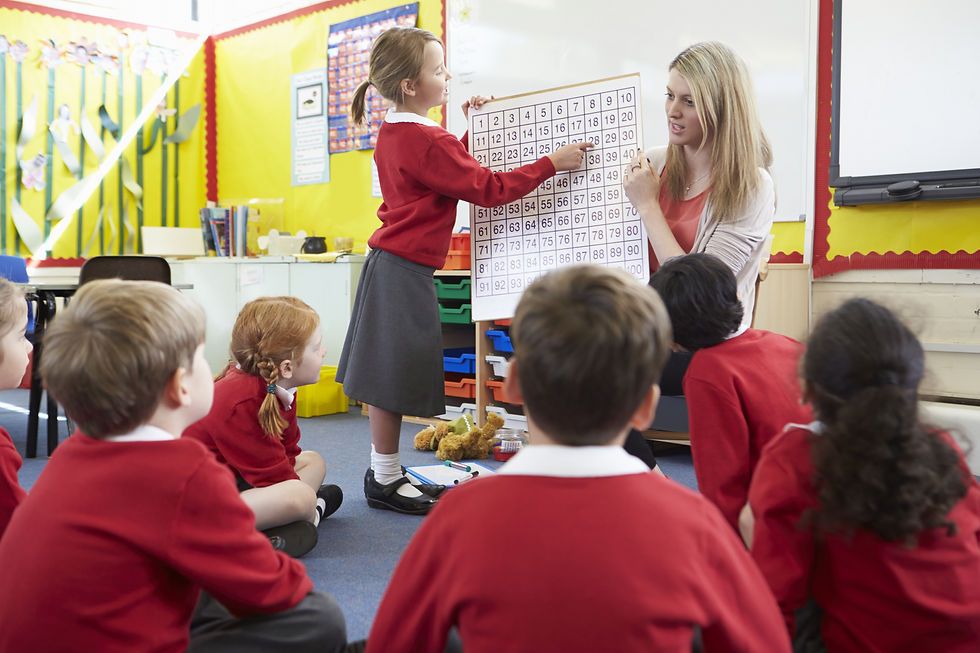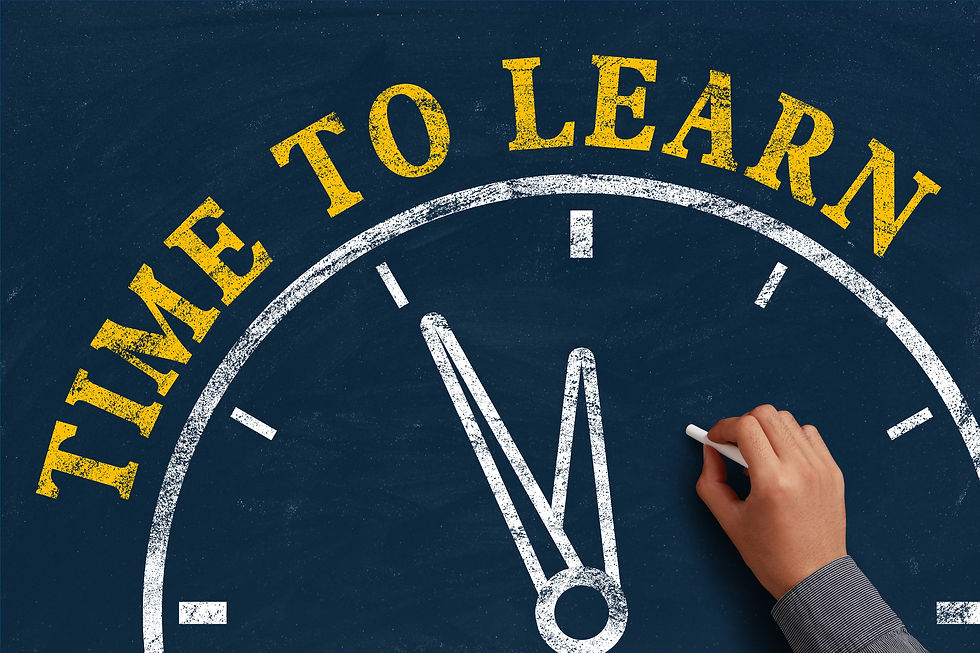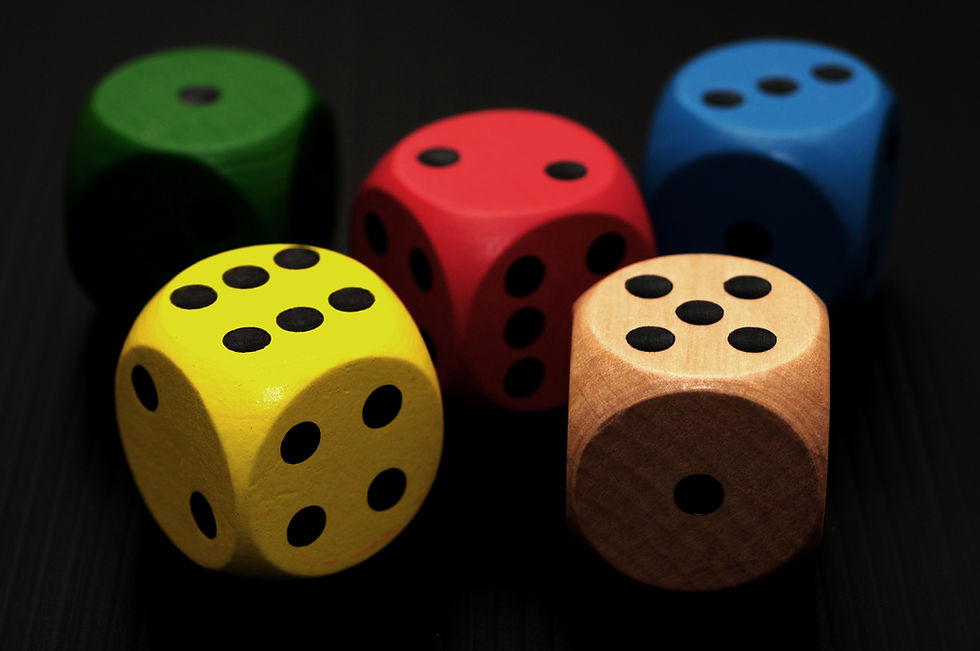

ID 54973975 © Monkey Business Images | Dreamstime.com Royalty Free (RF-LL) license

ID 51349245 © Mrchan | Dreamstime.com Royalty Free (RF-LL) license

© catiamadio | Dreamstime.com - Colored Dice Photo Royalty Free (RF-LL) license

ID 54973975 © Monkey Business Images | Dreamstime.com Royalty Free (RF-LL) license
EFFECTIVE ~ MATHS ~ ED
A Professional Learning Platform for Teachers of Primary Mathematics
The Split Clock for Minutes

A split clock is relatively easy for students in the middle primary years to make and is an extremely useful, hands-on resource they can refer to throughout the learning the concept of time.
The purpose of this clock model is to help students relate the mathematical concepts of fractions, multiplicative thinking and partitioning when learning to tell, calculate and measure time. It is a visual, concrete tool that will help students construct the understanding of these concepts; and in addition to explicit instruction support the creation of robust mental referents of time. “Telling” the time is only a very small part of understanding and working with the concept of time, and the Split Clock for Minutes is participially useful for building the knowledge and skills required to calculate and measure time.
To make a split clock you will need the following materials:
-
2 paper plates (different colours are ideal; however they can be painted during construction).
-
A fraction wheel partitioned into twelfths:
-
Scissors, glue, textas.
-
Minute hand (from previous activity)
To assemble the Split Clock for Minutes, you first need to stick the fraction wheel onto one of the plates.
Next, cut the radius along one of the fraction lines to create the “split”. Cut another radius on the second paper plate, and slide together:
Next students can start labelling the different fractions of time in groups of 5 and relating this to the corresponding number (symbol) of the hour.
Ensuring the solid colour clock is on top of the fraction wheel, attach the minute hand:
With explicit instruction and scaffolding, students can now explore the part whole relationships of the minutes on a clock.
Some suggested questions and investigations could be (not limited to) the following:
-
Spin your clock to represent a quarter ¼ of the clock face. How many minutes has passed in a quarter of an hour? How many groups of 5 is this? What number on the clock does the minute hand point to, when it is a quarter past the hour? Why this number?
-
If 20 minutes have passed, how many more minutes is there to the next hour?
-
What does the number 8 represent when the minute hand is pointing to it?
-
If half of an hour has passed, where would the minute hand be pointing? How many minutes is this? How many more minutes until the minute hand completes the hour?
-
Over 3 days I timed myself walking my dog. On the first day I walked 30 minutes, the second I walked 50 minutes and on the third walked 15 minutes. How many minutes did I walk altogether? Can you state this in another way (hours : minutes)?
-
What if the total time I walked over 3 days was 1 hour and 35 minutes. What duration of time could I have spent walking each day? How many possibilities are there?
Once again, these activities and resources help students develop the following concepts in an authentic context; because robust mental schema on the relationships between these concepts is supported, as illustrtaed below:


